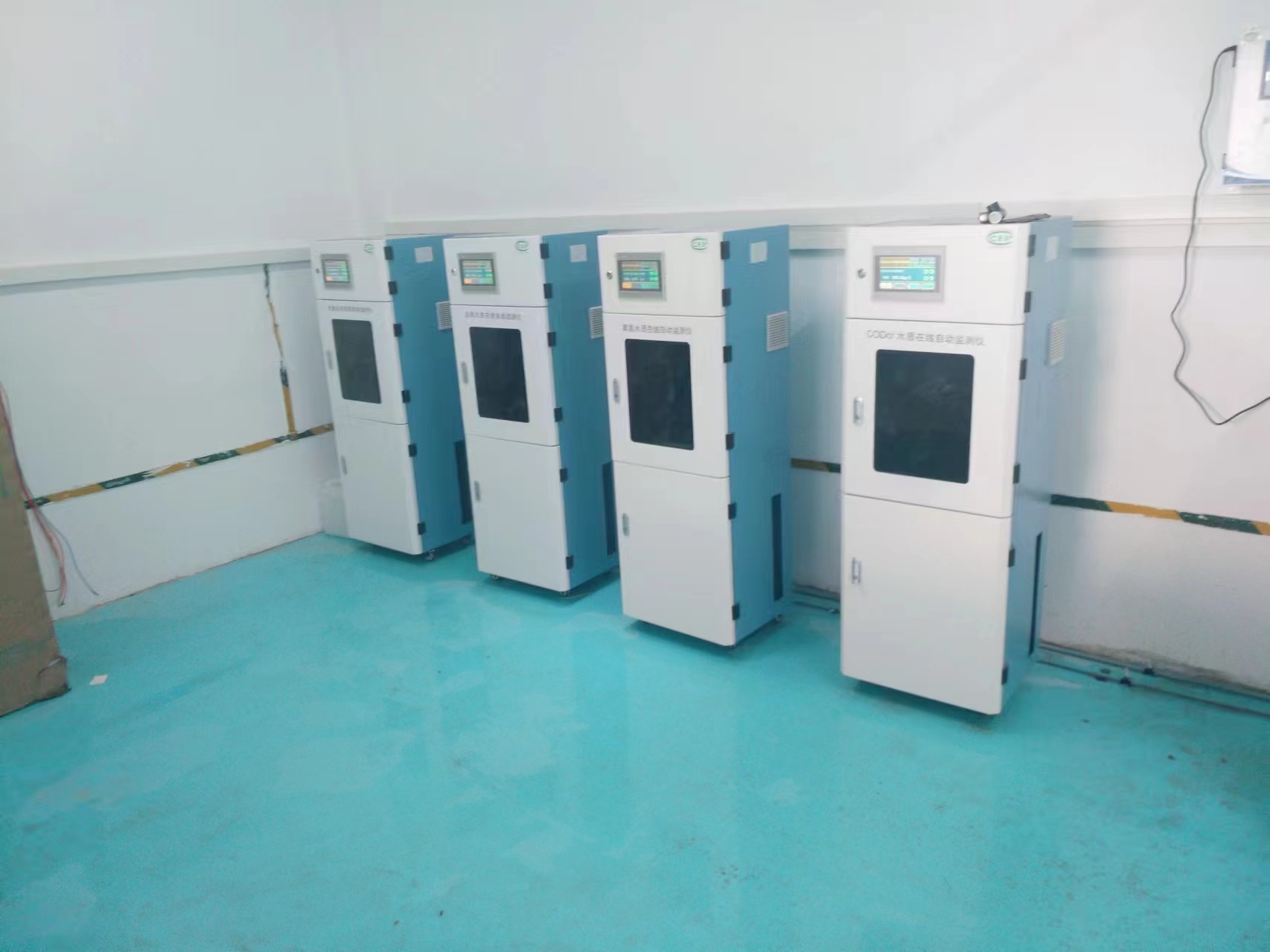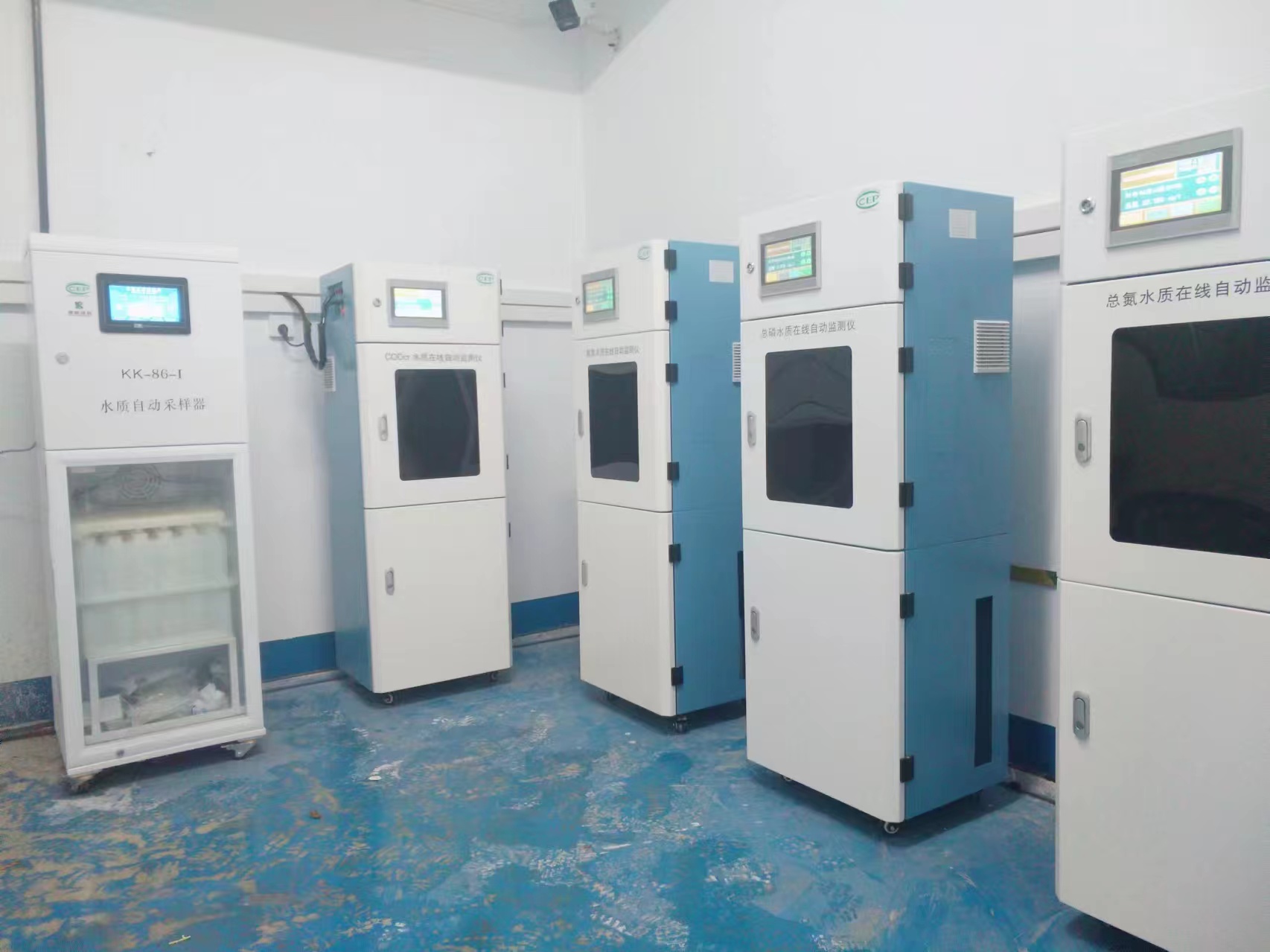Why hospitals need to install water quality monitoring equipment:
Why hospitals need to install water quality monitoring equipment:
Ensuring the health and safety of patients and staff:
In the process of operation, the hospital will produce direct or indirect infectivity, toxicity and other harmful wastewater. These wastewater may contain large amounts of pathogens such as bacteria, viruses and worm eggs, as well as harmful substances such as chemicals and radionuclide.
If these wastewater is not detected and treated, and discharged directly into the environment, it may cause serious harm to human health.
To ensure the efficient operation of the sewage treatment system:
Hospitals need to set up scientific wastewater treatment systems to deal with these harmful waste water. Through the monitoring of water quality, we can know the operation of sewage treatment system, whether there is abnormal situation, timely find and solve the problem to ensure the effective operation of the system.
Comply with relevant regulations and standards:
Hospitals, as public places, need to comply with relevant environmental regulations and standards. Through water quality monitoring, can ensure that the hospital discharge of wastewater in line with the relevant standards.
Water quality parameters that hospitals need to monitor:
Turbidity:
It is one of the important indexes to measure the clarity and turbidity of water.
pH:
Measure the pH of water. The normal range is 6.5 ~ 8.5. Too high or too low PH value, can have an impact on aquatic life and human health.
DO:
Measure the amount of dissolved oxygen in water. Too low dissolved oxygen will lead to anoxic death of aquatic organisms.
Chemical oxygen demand (COD or BOD) :
Reflect the degree of pollution of organic matter in water. The higher the chemical oxygen consumption, the more organic pollutants in the water.
Total bacteria:
The amount of bacteria in the water, derived from the air, sewage, garbage, dead plants and animals, including pathogens.
Total coliform count:
It is an indicator of fecal contamination, from which the detection of the situation can indicate whether there is fecal contamination in the water and the degree of contamination.
In the water purification process, after disinfection treatment, if the total coliform index can meet the requirements of drinking water standards, indicating that other pathogens are also basically killed.
Residual chlorine:
Refers to the amount of chlorine left in water after water is disinfected with chlorine and contacted for a certain time. Residual chlorine in water has a continuous germicidal capacity to ensure the quality of water.
Requirements for hospital water quality monitoring equipment:
Accuracy and reliability:
Accurate Measurement: The equipment can provide accurate and reliable measurement results to meet the hospital’s needs for accurate control of water quality parameters.
Real-time: The equipment can real-time, continuous monitoring of water quality, in order to timely detection and treatment of problems.
Easy to operate and maintain:
The device operation interface is simple and clear, easy for the operator to use quickly, to reduce the difficulty and cost of maintenance.
Alarm function: When the water quality parameters exceed the preset range or equipment failure, can automatically send an alarm signal.
Durability and stability:
Equipment to have good durability and stability, to be able to maintain stability in long-term operation.


